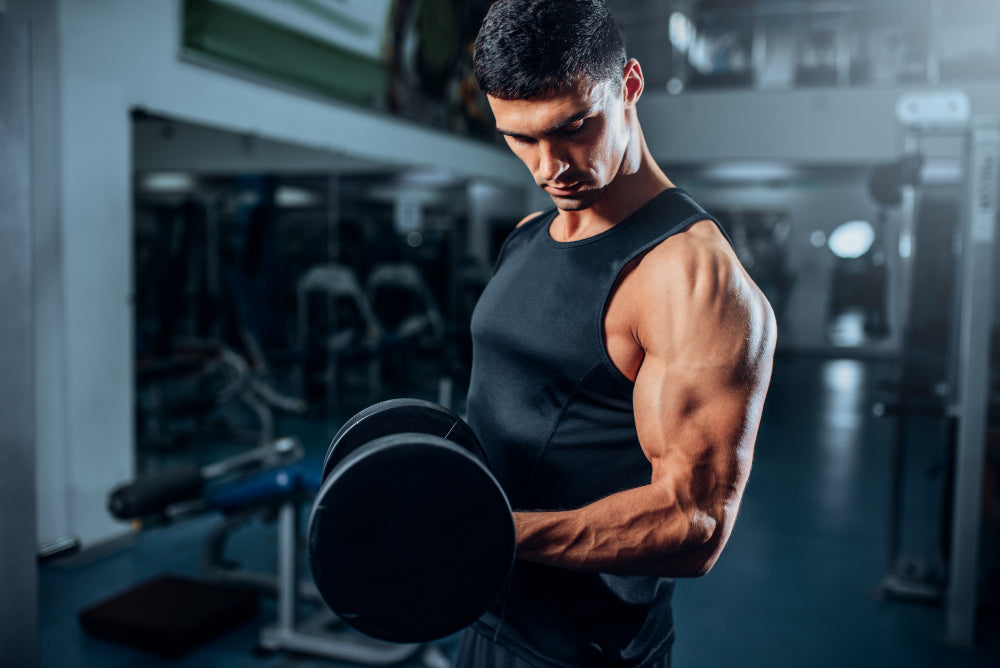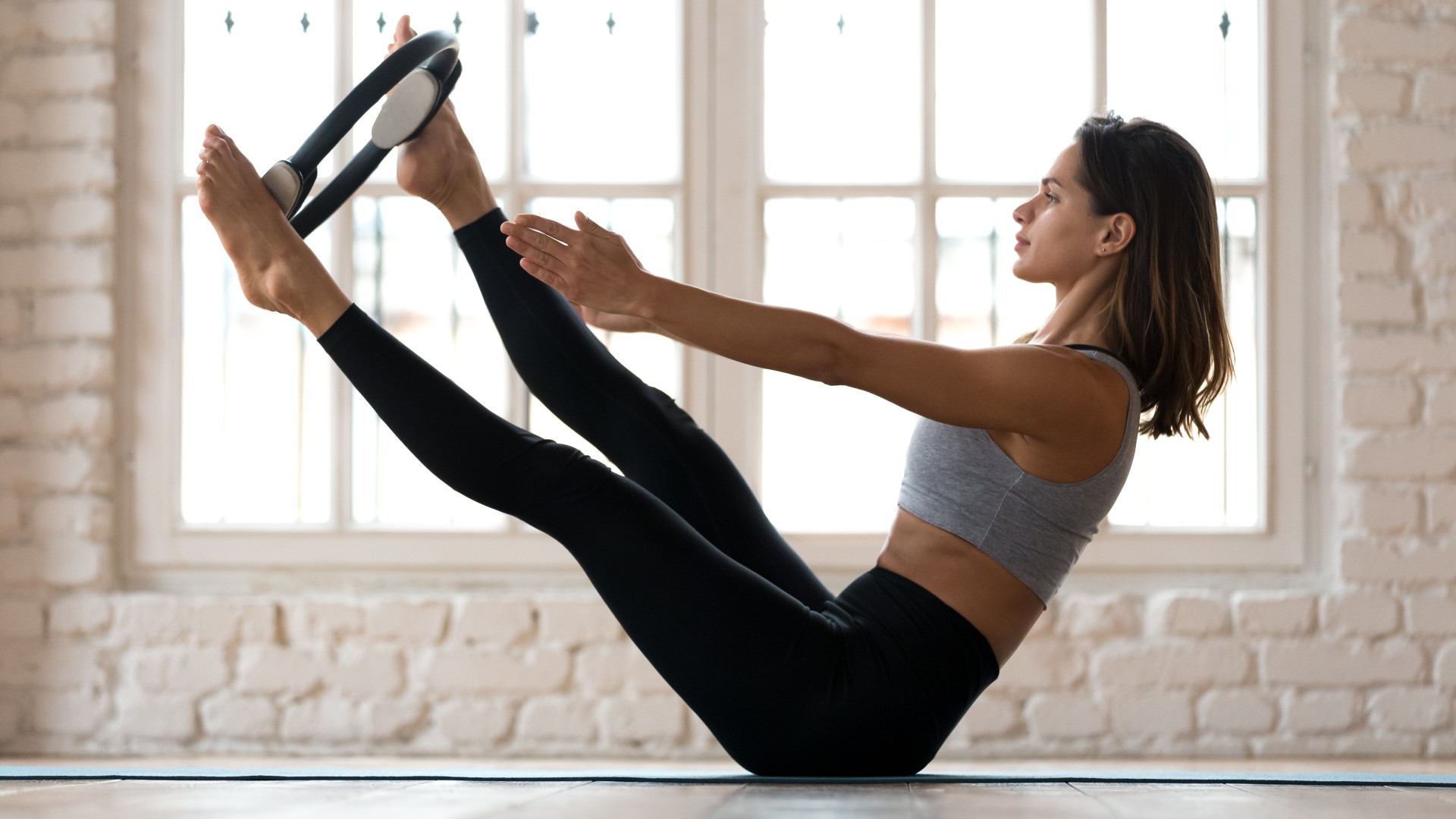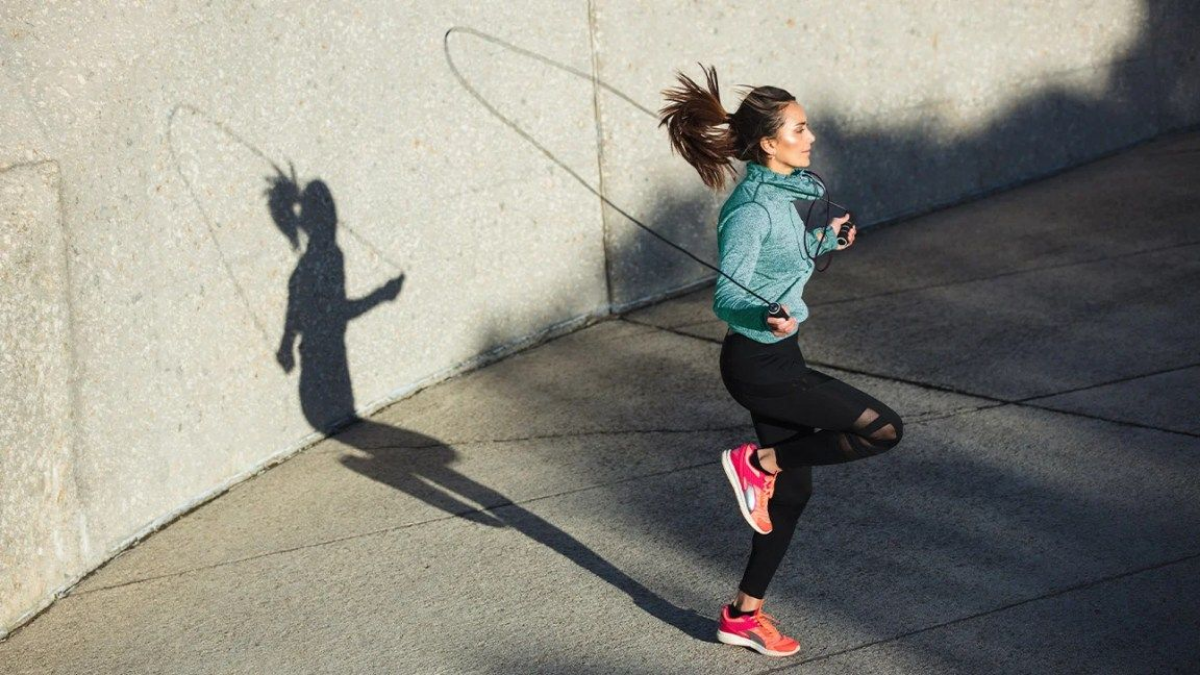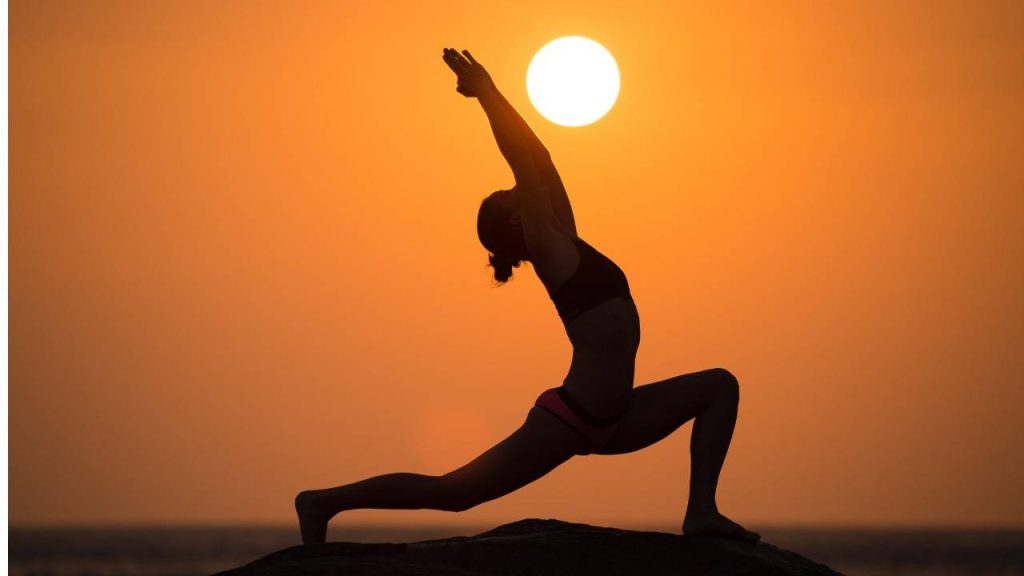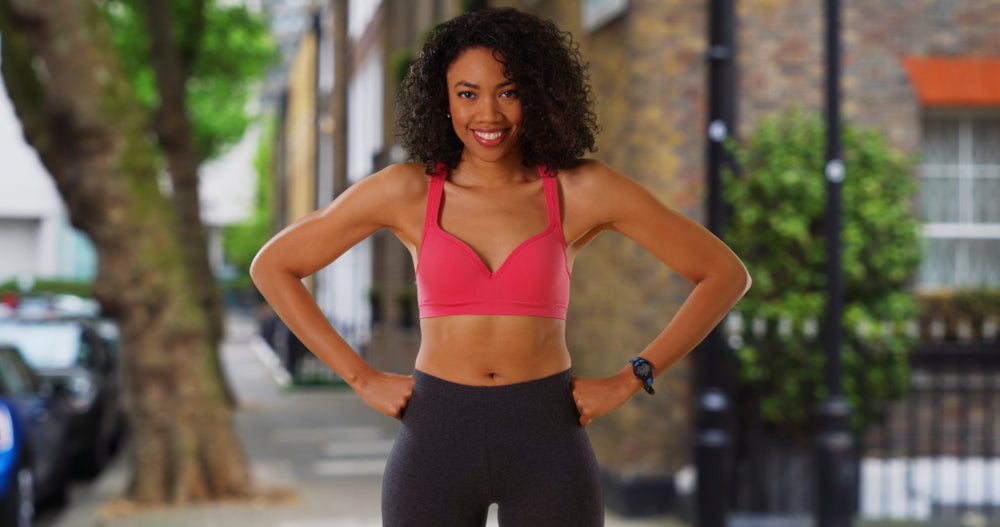If you’ve ever wished for stronger, more toned arms, bicep curls are one of the best places to start. They’re simple, effective, and don’t require fancy equipment. Whether you’re working out at home with dumbbells, resistance bands, or even water bottles—bicep curls are your go-to move for sculpting those upper arms.
But this exercise does more than just shape your biceps. It helps with everyday lifting, supports better grip strength, and improves arm definition in a way that’s both noticeable and functional. So if you’re serious about toning your arms, building muscle, or just want to feel more confident in sleeveless clothes, this guide is for you.
Let’s break down what bicep curls do, why they matter, and how to do them right—plus a few fun variations to keep your workouts interesting.
What Are Bicep Curls?
Before we jump into the benefits, let’s quickly cover what a bicep curl actually is. It’s a strength training movement where you bend your elbow to lift a weight toward your shoulder, mainly targeting your biceps brachii—that’s the large muscle on the front of your upper arm.
The goal is simple: contract the bicep to lift, and control the motion as you lower. It sounds easy, but when done with proper form, it’s one of the most effective ways to build and tone your arms.
1. Tones and Strengthens Your Biceps
The most obvious benefit? It tones the front part of your upper arms—especially the biceps.
When you consistently add bicep curls to your routine, the muscle fibers in your arms grow stronger and more defined. You might not notice it after one session, but over time, your arms will start to look more sculpted, lean, and firm.
This is especially helpful if you feel like your arms look soft or lack shape. Bicep curls target that exact area and help give it more structure.
And here’s the thing—toning isn’t just about appearance. Stronger biceps also support better muscle balance, especially if you’ve already been doing pushing exercises like push-ups or bench presses. This helps keep your upper body well-rounded and injury-free.
2. Improves Your Daily Strength
You might not realize it, but you use your biceps all the time. Picking up bags, holding your phone, lifting groceries, carrying your kid or even opening a tight jar—it all involves elbow flexion, which is what bicep curls train.
By regularly doing this movement, you’re training your arms to handle daily tasks with more ease. You’ll notice you’re not straining as much when lifting things. Your arms won’t tire out so fast, and you’ll feel stronger in general.
Think of bicep curls as the strength behind your everyday life. They’re not just for gym selfies—they’re practical.
3. Supports Joint Health and Elbow Stability
Here’s something many people overlook—strong muscles protect your joints. When your biceps are weak, your elbow joint takes more strain during movement. That can eventually lead to discomfort or even injury.
But when your biceps are trained and strong, they help absorb force and stabilize the elbow joint. This is especially important as you age, when joints tend to get more sensitive.
It’s not about lifting super heavy. Even light resistance, done with good form, can help keep your arms and elbows healthy in the long run.
4. Boosts Arm Definition and Confidence
Let’s be honest. Feeling confident in sleeveless outfits or tank tops isn’t just about the clothes—it’s also about how you feel in your skin. Bicep curls help add shape and tone to the upper arms, which can be a huge confidence booster.
This is especially true if you feel like your arms carry a bit of extra softness. While curls don’t directly burn fat, they build muscle underneath the skin. And as that muscle becomes more defined, your arms start to look tighter and leaner.
It’s not about becoming bulky—it’s about feeling proud of your strength and enjoying how your arms look and feel.
5. Easy to Do Anywhere with Minimal Equipment
One of the best things about bicep curls? You don’t need a gym to do them. A pair of dumbbells is great, but resistance bands, canned goods, or water bottles can also get the job done.
You can do bicep curls:
- Standing in your living room
- Sitting at your desk during a work break
- In the park with bands
- Or even while watching TV
Because it’s such a low-impact and simple movement, it’s great for beginners, older adults, or anyone recovering from injury (with proper guidance). You just need to be consistent and mindful of your form.
How to Do a Proper Bicep Curl
Getting the basics right matters more than lifting heavy. Here’s how to do a classic standing bicep curl with dumbbells:
Step-by-step:
- Stand tall with a dumbbell in each hand, arms down at your sides, palms facing forward.
- Keep your elbows close to your body (don’t let them flare out).
- Exhale and curl the weights upward toward your shoulders by bending at the elbow.
- Stop when your hands reach shoulder height—don’t swing or use momentum.
- Squeeze the biceps at the top, then slowly lower the weights back to the start.
Pro Tips:
- Avoid rocking your body. If you’re swinging the weight, it’s too heavy.
- Keep your wrists straight—don’t bend them during the curl.
- Control the downward (lowering) motion. That’s where a lot of the muscle work happens.
Bicep Curl Variations to Try
Want to switch things up? These variations keep things fresh and hit the muscles from different angles:
1. Hammer Curls
Hold the dumbbells with palms facing each other (thumbs up). Targets both biceps and forearms.
2. Concentration Curls
Sit down and rest your elbow on your inner thigh. Curl slowly and focus on one arm at a time.
3. Resistance Band Curls
Step on a resistance band and curl the handles up. Great for travel or home workouts.
4. 21s
Do 7 reps halfway up, 7 reps halfway down, and 7 full curls. It burns—but it works.
5. Cable Curls (if at a gym)
Use a low pulley cable machine for constant tension throughout the curl.
How Often Should You Do Bicep Curls?
Biceps are small muscles, so you don’t need to train them daily. 2–3 times per week is enough if you’re also working other upper body muscles. Pair curls with back workouts like rows or pull-ups for better balance.
Suggested Routine:
- 3 sets of 10–15 reps
- Rest for 30–60 seconds between sets
- Focus on form over weight
Bicep curls may be a simple movement, but they offer some real rewards. From improving how your arms look to giving you everyday strength, this exercise is perfect for all fitness levels. And the best part? It takes very little to get started.
You don’t need a gym, and you don’t need to lift super heavy. Just stay consistent, curl with control, and watch your arms transform over time—one rep at a time.
